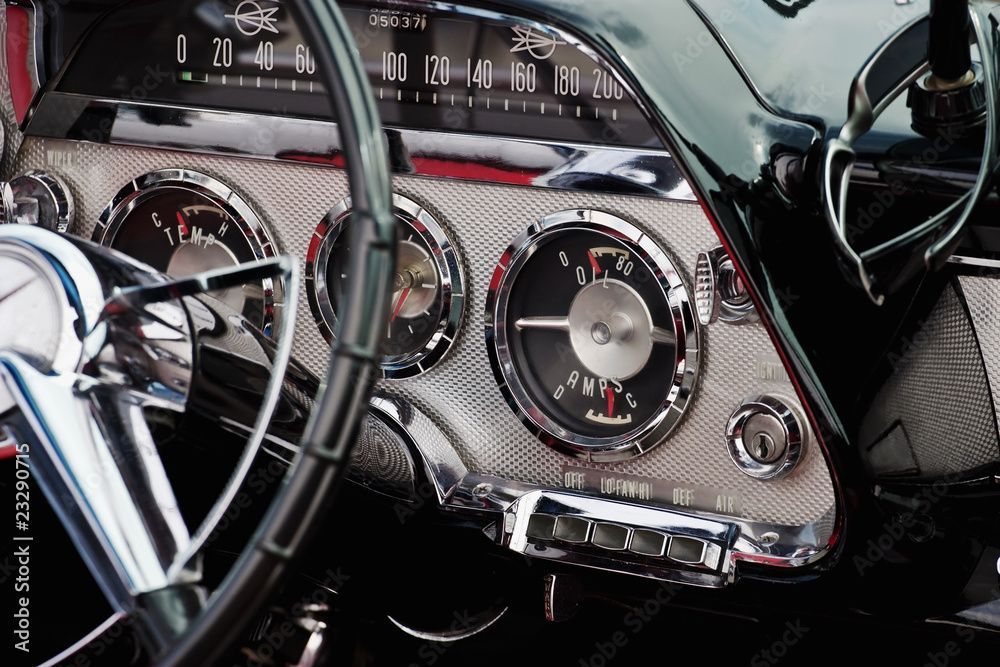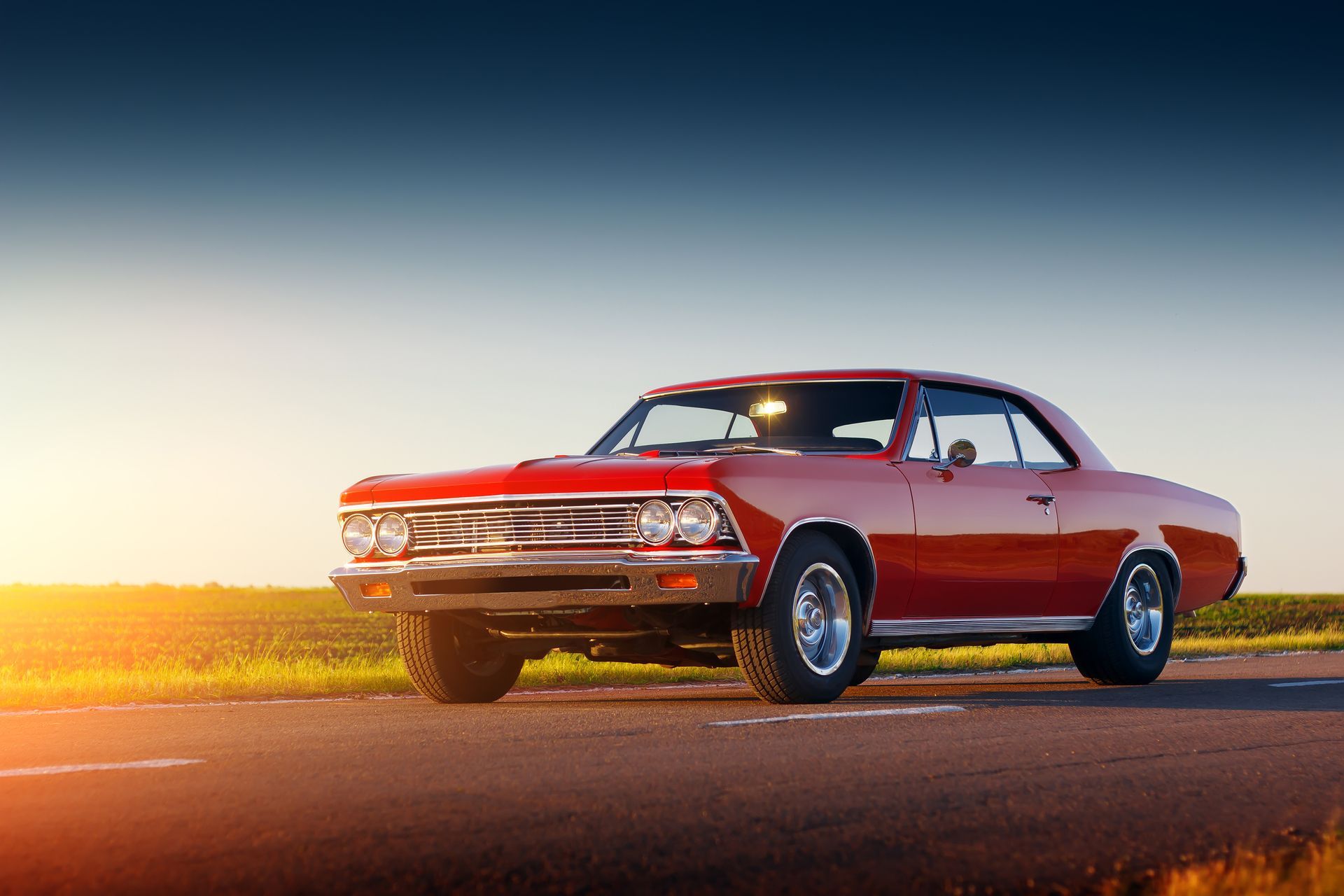Navigating Your Purchase: The Comprehensive Process of Classic Car Inspection
Dreaming of owning a classic car that turns heads and evokes nostalgia? Before sealing the deal on your dream vintage automobile, there's a crucial step that could prevent future regrets: the classic car inspection. In this guide, I'll walk you through the meticulous process of obtaining a professional classic car inspection before committing to the purchase.
Understanding the Importance of a Classic Car Inspection
Investing in a classic car isn't just about acquiring a vintage beauty; it's an investment in a piece of history. A thorough classic car inspection ensures that you're making an informed decision, safeguarding your investment, and avoiding potential pitfalls down the road.
Step-by-Step Guide to Classic Car Inspection
1. Research and Identify a Reputable Inspector
Begin by researching inspectors with expertise in classic cars. Look for those who have a reputation for honesty, meticulousness, and a strong background in vintage vehicles. A qualified inspector will provide an unbiased assessment of the car's condition.
2. Schedule the Inspection
Coordinate with the seller to arrange a suitable time and location for the inspection. An open, well-lit space is ideal for a comprehensive evaluation.
3. Visual Examination
The inspection starts with a detailed visual assessment. Inspectors will closely examine the car's exterior, interior, and overall appearance. They'll identify any signs of rust, bodywork, paint quality, and visible damages.
4. Mechanical and Structural Assessment
Next, the mechanical and structural components undergo scrutiny. The engine, transmission, suspension, brakes, exhaust, and frame are examined for functionality and integrity. This step evaluates the car's road worthiness and potential restoration needs.
5. Thorough Undercarriage Inspection
Hidden issues often lurk beneath the surface, particularly in the undercarriage. Inspectors will meticulously analyze this area for rust, corrosion, and signs of past repairs. A solid undercarriage is vital for the car's structural integrity.
6. Conduct a Test Drive
A test drive is a critical aspect of the inspection process. It allows the inspector to assess the car's performance, handling, and identify any unusual noises. This step also gives you a feel for how the car drives.
7. Receive the Inspection Report
Upon completing the inspection, the professional inspector will provide you with a comprehensive report detailing their findings. This report includes an analysis of the car's condition, potential issues, and recommended repairs or improvements.
Conclusion
The classic car inspection process is a necessary investment of time and resources to ensure a wise purchase decision. By securing a professional assessment, you're not only protecting your investment but also ensuring that your classic car ownership experience is a joyful and rewarding one. Remember, conducting a thorough inspection is a testament to your commitment to embracing automotive history and craftsmanship. Ready to embark on your classic car journey? Start with a meticulous inspection for a smooth ride ahead.









